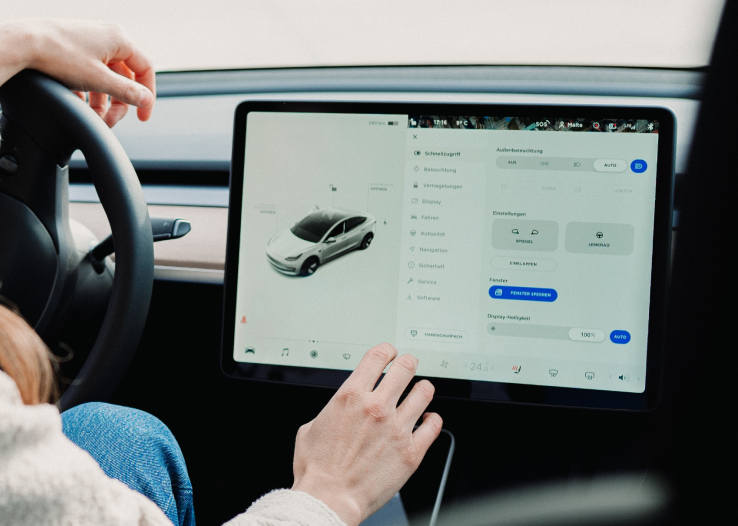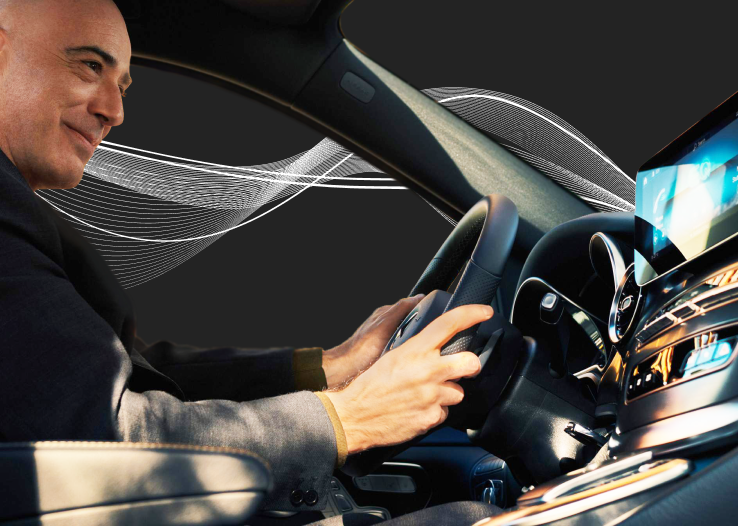At CES 2021, OEMs, Tier 1 suppliers, technology companies, and regulatory agencies shared the virtual stage to discuss the trends, challenges and opportunities that are shaping the future of transport. Speakers and panelists proved that despite the challenges of 2020, many have made inroads in their work to develop next-generation automotive & mobility solutions.
GM’s electric “flying car” and self-driving “party bus” dominated CES coverage, but there was more to the world’s largest digital tech conference than that. Let’s consider what we learned about Automotive & Mobility at CES 2021.

Electrification, connectivity, and autonomous vehicle (AV) advancements are accelerating
From GM announcing it is rolling out 30 new EVs globally in the next five years, to a number of exhibitors showcasing promising advancements in self-driving and connected vehicle software and infrastructure, the innovations of CES 2021 suggested we have reached an inflection point for new modes of transportation. Expect the pace of change to increase exponentially as more electric, connected, and autonomous vehicles hit the streets worldwide. These advancements could lead to a safer and more sustainable future for driving for people, and for commercial fleets.
Get ready for in-car experiences unlike anything you have seen before
According to Carla Bailo, president & CEO of the Center for Automotive Research and a “Vehicle Tech Innovations” panelist, 20 percent of people will buy a car without even driving it, because they are most interested in the tech. Whether commuting or road tripping, passengers expect connectivity and personalization. CES exhibitors revealed in-car experiences that included lots of screens, multisensory experiences, companion apps, transformative voice AI and VR/AR elements. For example, GM gave us a look at Cadillac Celestiq’s touchscreen, which spans the length of the dashboard and can display over one billion colors.
Progress depends on continued collaboration
The exhibitors that stood out at CES 2021 used human-centered design and deep customer understanding to create solutions that solve a true need and delight drivers and passengers. They also relied on collaboration.
From public-private partnerships, to OEMs leaning on tech startups and customer experience consultancies, notable achievements in mobility reflected collaboration across companies, and sometimes, across industries. While panelists are optimistic about the next 3-5 years, they stressed the need for continued partnership, and the importance of favorable legislation, particularly in the U.S. and Europe.

For a deeper dive into CES 2021 Automotive and Mobility innovation, download our trend report
OEMs are essentially software companies now. That is a hard shift to navigate, and companies can’t go it alone. At Star, we help automotive and mobility innovators build digital products, services and experiences that attract and engage customers. From stunning HMIs, to scalable connected vehicle and IoT solutions, to engaging digital products and services, Star has created award-winning solutions for more than 35 OEMs, Tier 1 suppliers and mobility startups.
Drop us a line if you would like to connect, and be sure to check out our automotive and mobility insights for more on the trends shaping the future of transportation.
Image sources: Cadillac Celestiq electric sedan · Self driving flying Cadillac · Amazon ZOOX






